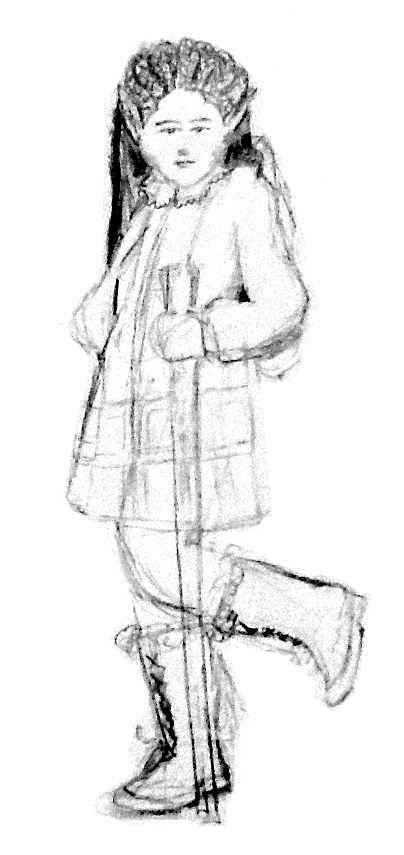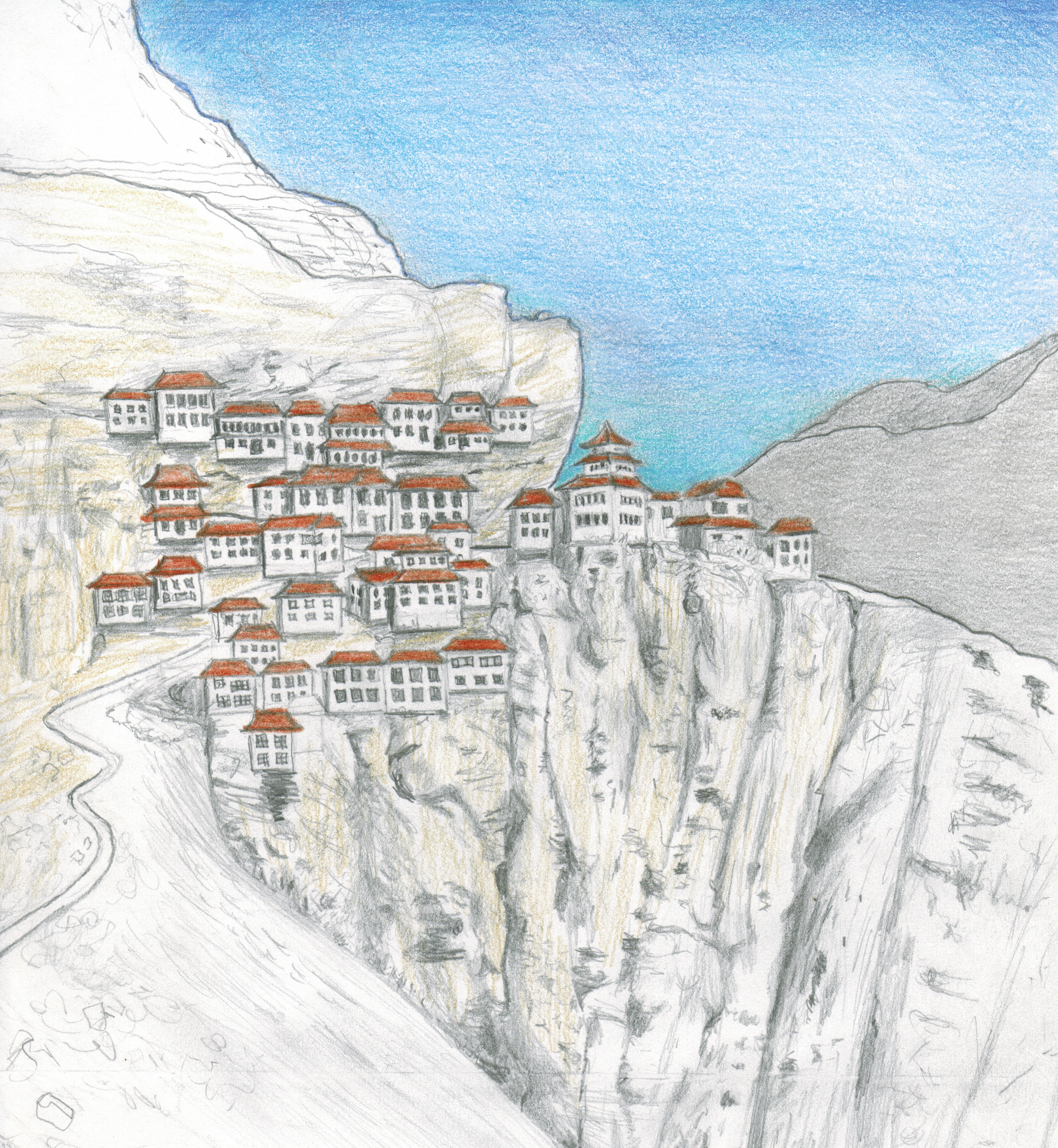 Iswari
Iswari
Sayani dragged another log onto the fire, just a low remnant of the bonfire that had raged for nearly a day. The great Vahnasbel in Zingiri hung sheltered beneath a peaked roof, ready to sound at any time. But the local village bell was frozen over in the winter, and Sayani and his compatriots often had to melt it free in order to ring in the spring. Late last night it had begun to swing freely, and the fire was now simply for the comfort of the Iswari as they waited.
Sayani looked to the west, toward Zingiri. Noon was nigh. The villagers were gathered in a circle around the square in anticipation: children and elders waiting to see off the hunting parties.
A low toll came across the ravine, and with that Sayani signalled the young acolyte into motion. The village’s own bell began to peal, and moments later its chime was answered by another from the next peak over.
Across the Burkhdyn Gazar, bells rang out from villages of Iswari, goliaths, Utami, dwarves, and orcs. Once they fell silent and the mountains settled, hunting parties would head out in search of their first spring quarry.
Praise to the Vahna! Another winter closed.
The Iswari are hardy smallfolk who dwell in the great mountains of the Burkhdyn Gazar. Perhaps it is their small size that enables them to live at such altitudes, for even mountain dwarves and Utama stay out of the highest, most frigid peaks. Though purportedly possessing a stark beauty, these high ranges are a dangerous and largely lifeless realm. Treacherous cliffs are made more so by winter snows. There are those who say the snows in Zingiri, the largest Iswari settlement, can be deeper than the height of a tall man. Thus the small size of the Iswari must also allow them to walk atop the snow, and even to run, for the Iswari are legendary for covering long distances on foot, even in their mountainous hinterlands. It is no wonder that they can so easily run up and down the stairwells of our fair city, or cover distances, in hours, that most would consider a day’s journey.
Government
The legends of Iswari runners are an important part of their culture. Living as they do, so high above temperate or even tolerable climes, Iswari have little history of war. Long footraces often determine their leaders, and several of their tales involve a heroic runner who survives travails in order to retrieve needed food and supplies from another village. Iswari villages are not only more sparsely spread, by tenfold, than our own but also separated by chasms and gorges.
The Iswari system is not unlike that of the Burkhdyn goliaths. Gender is irrelevant in most aspects of Iswari culture, including leadership. They are most concerned with the survival of family, in both the immediate and tribal sense. Most of their settlements consist of only a single tribe, with a tribal leader. Even in Zingiri, where many tribes coexist, the leader of the dominant tribe rules over all.

Commerce
There are relatively few Iswari in Moru Kel, and many of them are Runners — mostly Long Runners. Many others are traders and merchants, as the Iswari are quite clever and charismatic. In their homeland, Iswari herd nokka, well known for their extremely soft wool. They also hunt snow hares and shagri — the Burkhdyn fox —, some of the most sought-after furs in all the world. Their fur-lined boots and coats are soft as silk but too warm to be of use to locals and too expensive for the average traveller. Even most nobles, who can afford the luxury of both fine furs and travel, will find the warmth of a shagri coat or snow hare boots to be excessive in all but the coldest locales and seasons.
Culture and Entertainment
The Iswari are generally jovial and social; they enjoy meeting new people and learning about the world. However they also often seem restless or distracted, perhaps longing for their snowy home at the top of the world. Those few who make their homes in other lands tend to be restless, running or walking for hours at a time. In Moru Kel, they’ve established a racing tradition that involves a full circuit of the city, up and down the tiers.
Religion and Customs
The Iswari hail from mountains that touch the sky, and are faithful followers of Dawa. However, they do not pray to the deity directly, instead relying on intermediary spirits they call Vahna. These invisible beings are considered playful, though their pranks can range from embarrassing to deadly. Even the Iswari employ protection against the Vahna, stringing small bells in a perimeter around their huts to prevent the spirits from approaching. Iswari make offerings to Dawa, through the Vahna. Entrails of the nokka and cheese made from its milk are consumed by the invisible Vahna, who — presumably — pass on a goodly share to Dawa.
Iswari practice acrobatics and slow stretching exercises, called Niwitsi, probably related to their alpine running.
↞ Previous: Burkhdyn Goliaths Next: Utama ↠